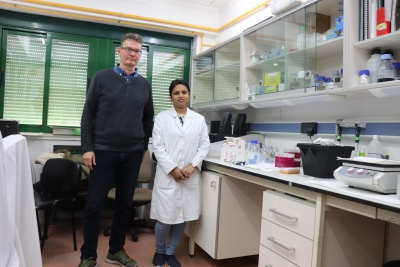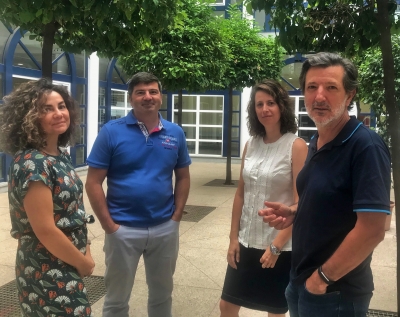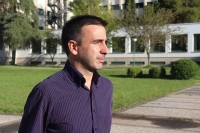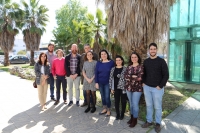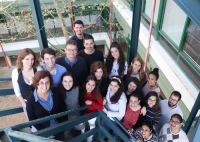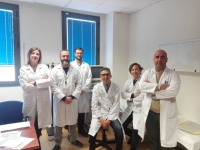Jueves, 17 Octubre 2019 08:14
In Search of a Synthetic Microbiome to Strengthen Crops' Defences
Escrito por UCC+IThe Direction project researches the set of microorganisms that protect tomatoes against pathogenic attacks
Publicado en
Nature science
Etiquetado como
Miércoles, 16 Octubre 2019 13:47
Competitive people are more prone to drug consumption
Escrito por UCC+IA Psychology research team at the University of Cordoba studied how personality influences substance abuse among young people
Publicado en
Social sciences and law
Etiquetado como
A study, published in Nature Genetics, demonstrated the effectiveness of the technology known as genomic selection in a wheat improvement program
Publicado en
Nature science
Etiquetado como
Viernes, 04 Octubre 2019 08:25
CLARA | Climate Services Designed to Benefit End Users
Escrito por UCC+IThe CLARA project involves users in the development of climate services, for a more efficient management of water and energy resources
Publicado en
Nature science
Etiquetado como
Lunes, 30 Septiembre 2019 09:29
A new method is designed to stop the growth of a fungus that affects over a hundred crops
Escrito por UCC+iThe study, published in Nature, was able to “trick” the pathogen by artifically applying a pheromone involved in its reproduction
Publicado en
Nature science
Jueves, 26 Septiembre 2019 08:15
FAME | Predicting the Risk of Developing Type-2 Diabetes Based on the Fatty Acids in Blood
Escrito por UCC+IThe FAME project studies the relationship between the lipid composition of blood plasma and metabolic diseases
Publicado en
Biomedicine and health
Etiquetado como


